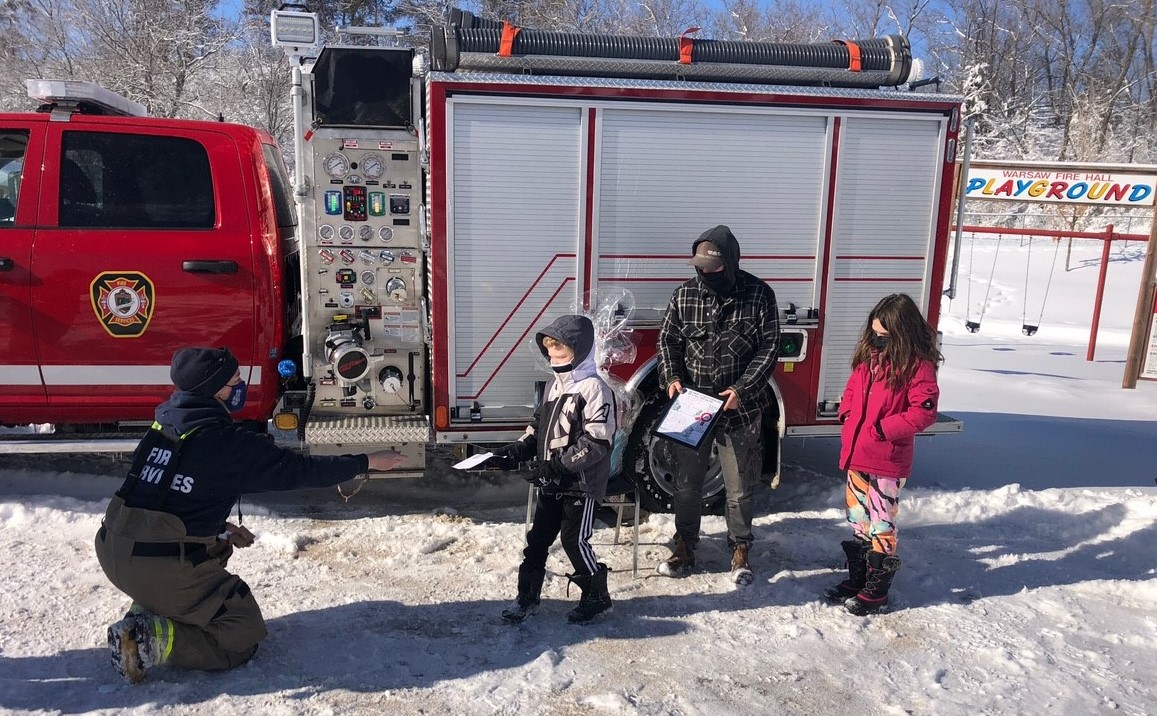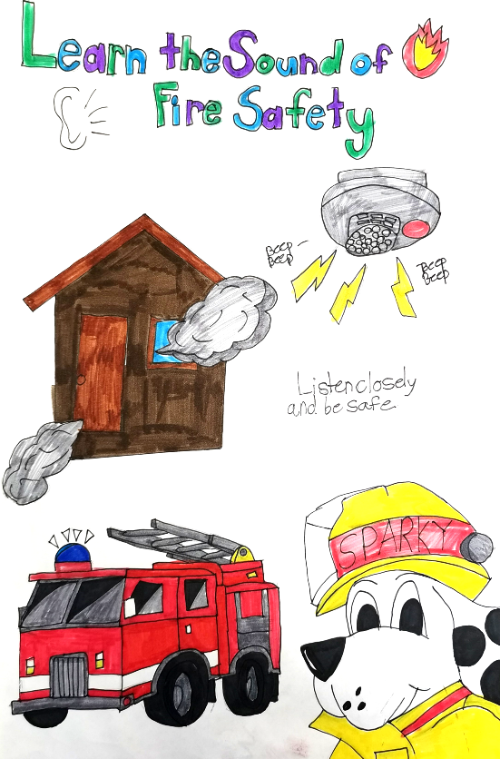Smoke alarms
Seconds count in a fire. Give your family the best head a start and make sure you have smoke alarms installed as required by law - smoke alarms must be installed on every level of your home and outside of all sleeping areas. For added protection, install smoke alarms inside every bedroom.
For more information on smoke alarms visit the Ontario Association of Fire Chiefs' Smoke Alarms webpage.
Carbon monoxide (CO) alarms
Carbon monoxide is a colourless, odourless, tasteless and toxic gas. CO is often referred to as a "silent killer" since it cannot be detected without an alarm. CO alarms are required outside all sleeping areas if you have a fuel burning appliance in your home or an attached garage.
For more information on carbon monoxide visit the TSSA's CO Safety website.
Where does CO come from and what are fuel burning appliances?
Carbon monoxide is produced by incomplete burning of fuels such as:
- wood
- propane
- natural gas
- heating oil
- coal
- kerosene
- charcoal
- gasoline
Any appliance, equipment or vehicle that uses one of these fuels can create CO. Fuel burning appliances can include (but are not limited to):
- wood or gas burning stoves
- gas refrigerators
- gasoline engines (such as vehicles or generators)
- kerosene heaters
- gas water heaters
- gas dryers
Woodstove ashes can remain hot for a long time, which makes them both a fire hazard and a CO hazard. If you burn wood in your home, make sure the ash bucket is made of a non-combustible material and is kept outside, away from the house and anything else that could catch fire.
All of your fuel burning appliances must be maintained on a regular basis. A qualified service professional should inspect all of your appliances at least once a year.

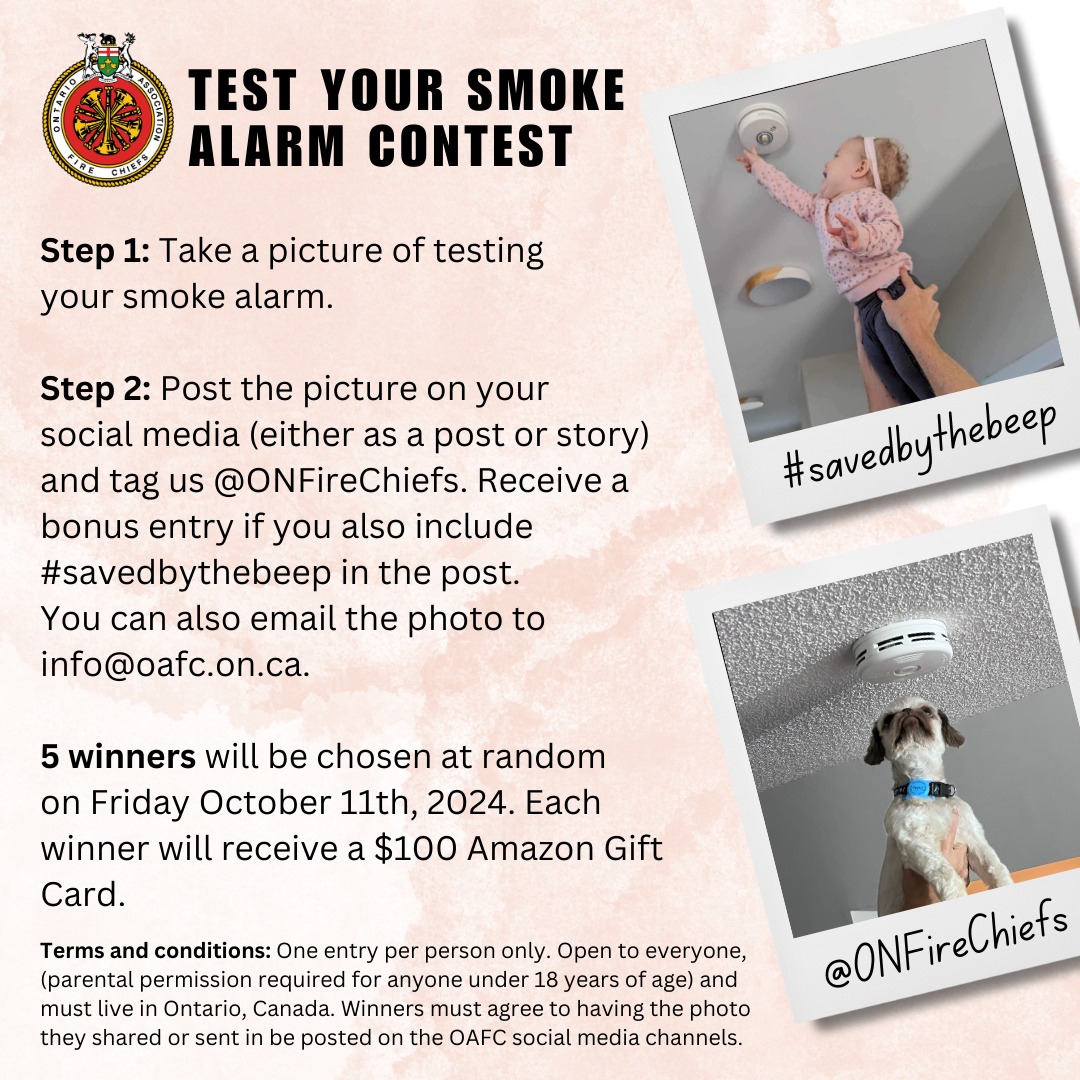
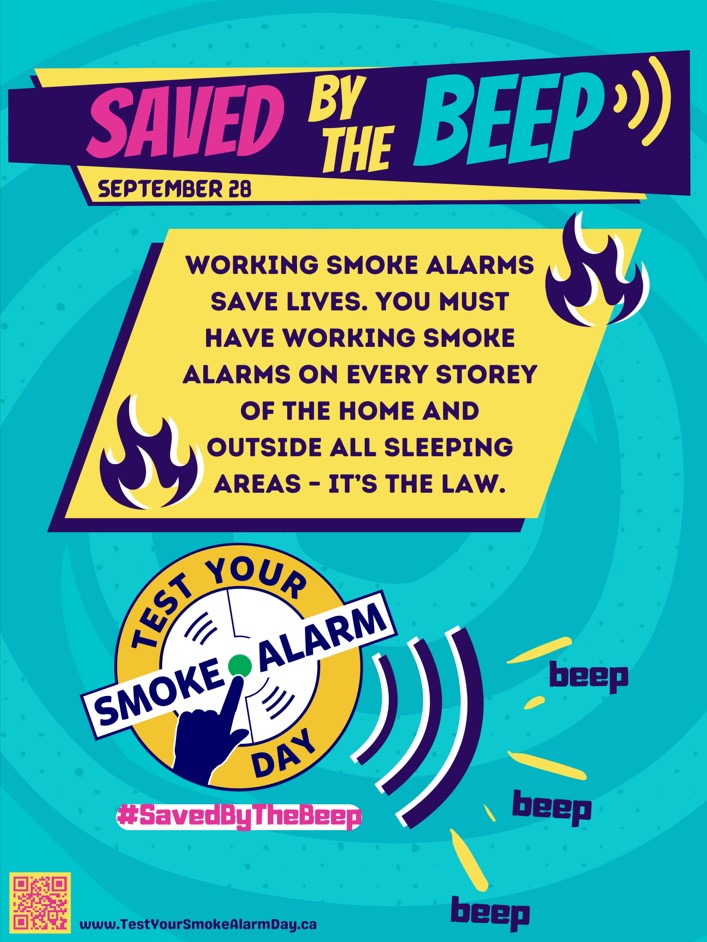
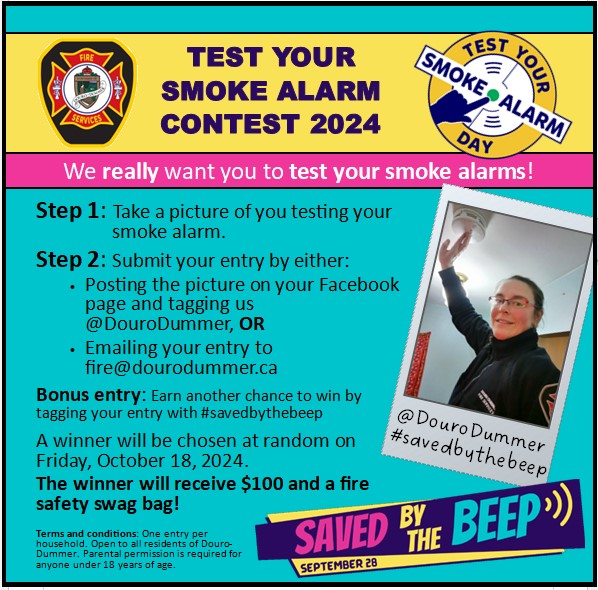

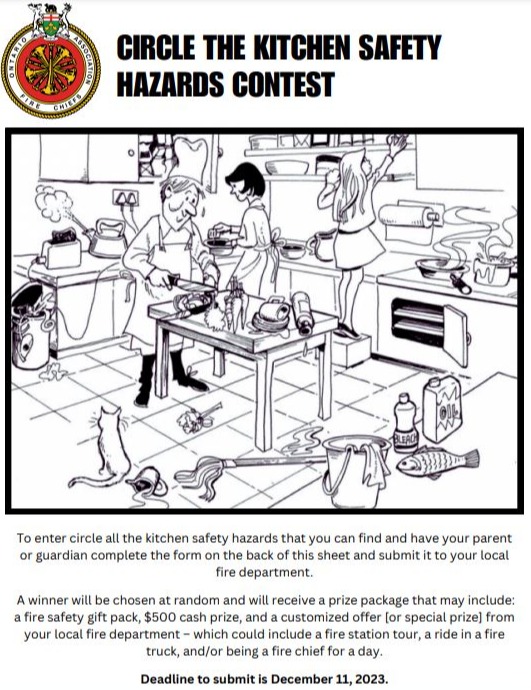
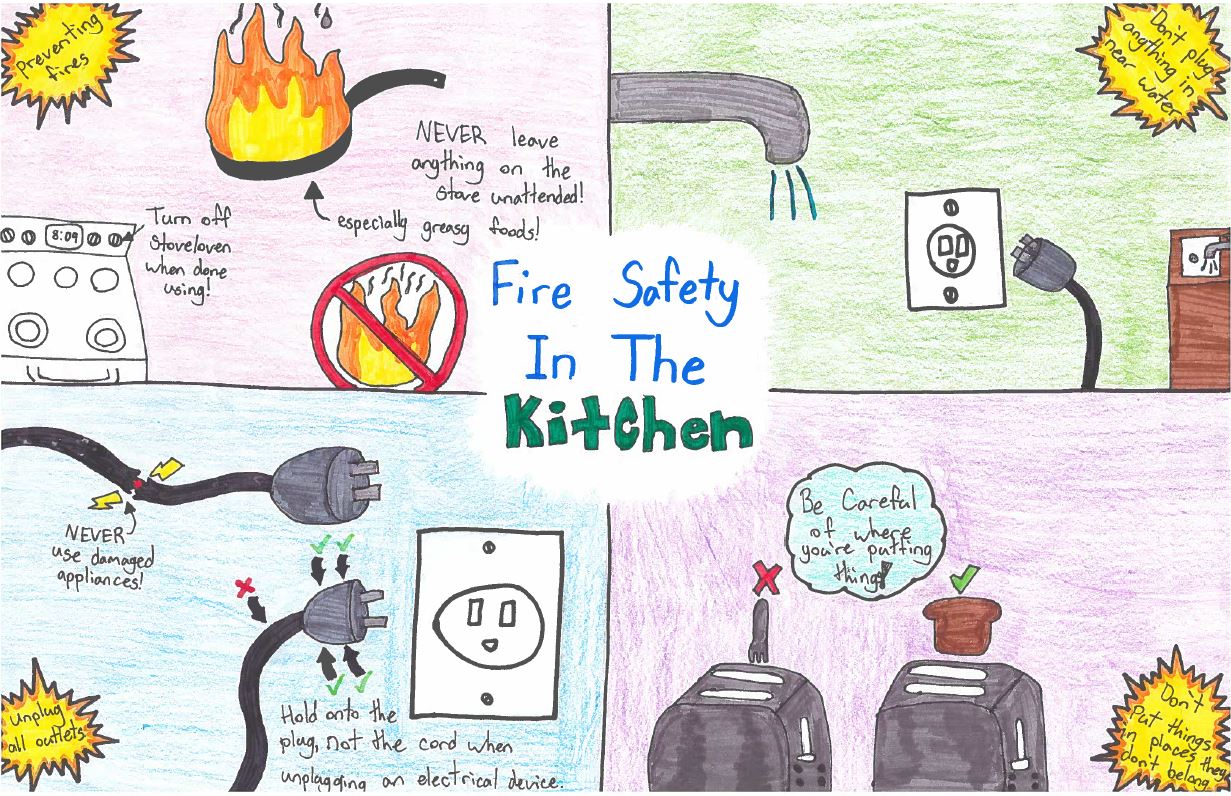
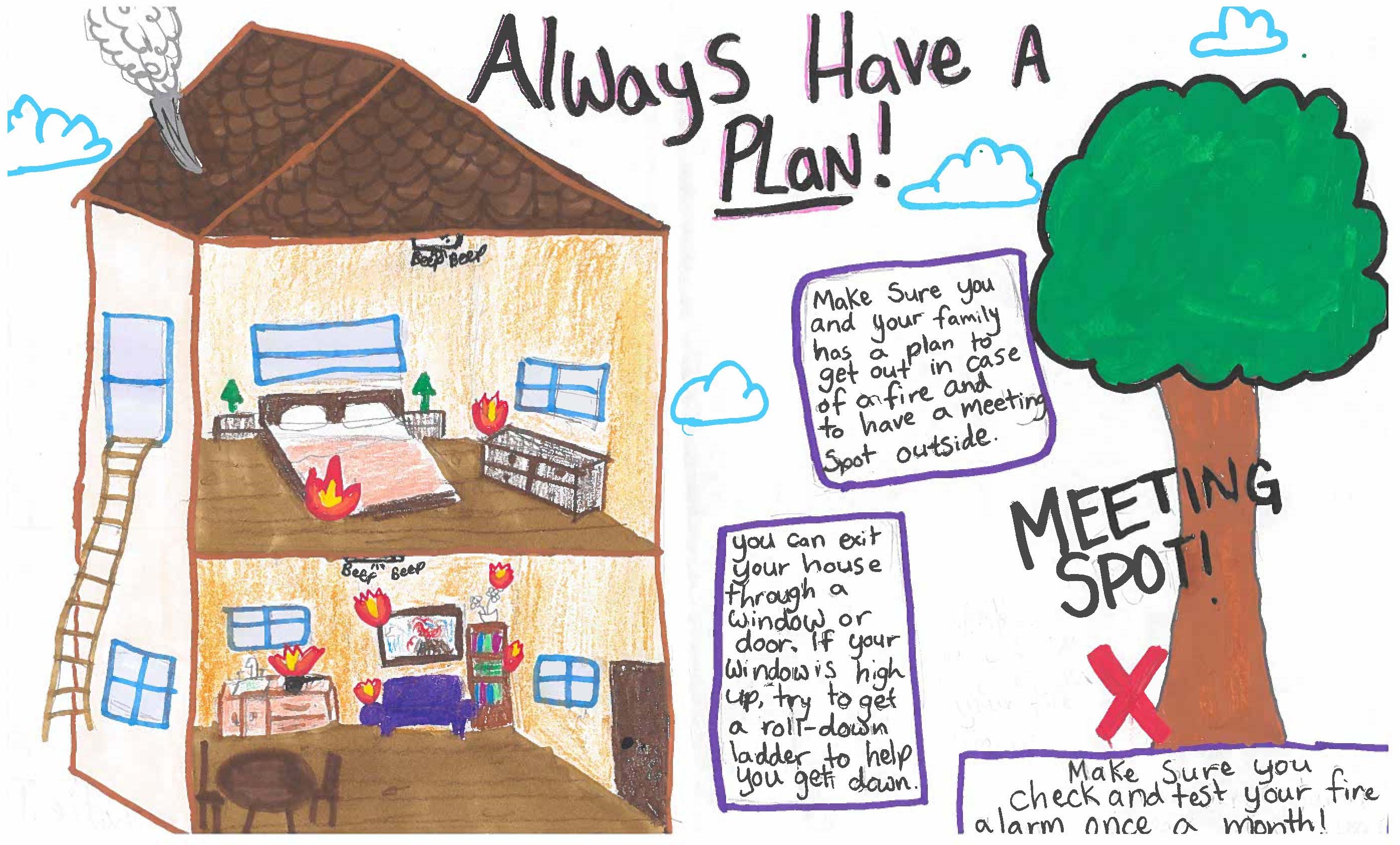 The winner of our
The winner of our 
